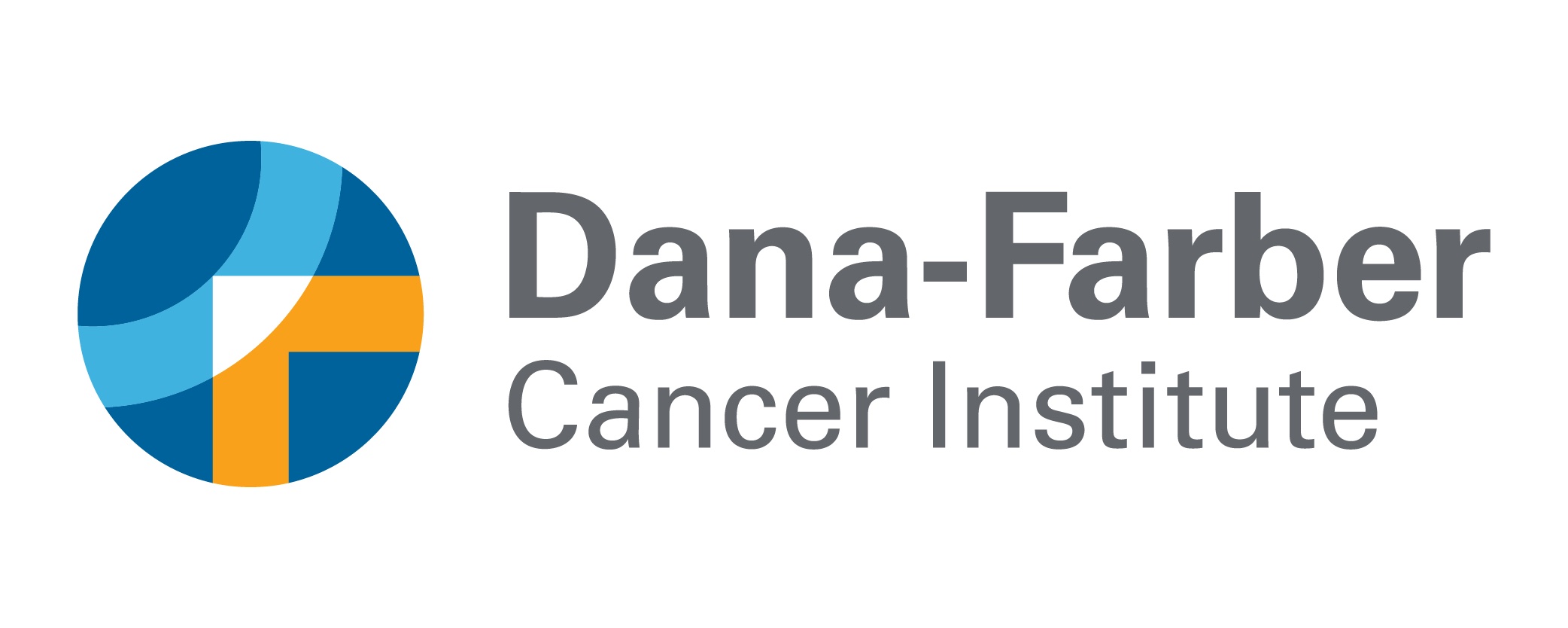Newswise — CHICAGO - Premenopausal women with hormone receptor-positive, HER2-negative breast cancer and a high risk of recurrence who are treated with an aromatase inhibitor plus ovarian function suppression may gain 10 to 15 percent improvement in freedom from distant recurrence at eight years, according to a new clinical trial analysis reported at the annual meeting of the American Society of Clinical Oncology. The overall results of the TEXT and SOFT trials were concurrently published in the New England Journal of Medicine today.
The advantage was seen in women who received the aromatase inhibitor exemestane in addition to having their ovarian function suppressed (chemically or by surgery), compared to those who received tamoxifen plus ovarian function suppression, or tamoxifen alone. The combination of the aromatase inhibitor plus ovarian suppression is associated with more side effects than tamoxifen.
However, women categorized at low risk of recurrence, based on clinical and pathological characteristics, experienced minimal improvement in the risk of a distant recurrence when treated with the aromatase inhibitor plus ovarian function suppression instead of tamoxifen, reported Meredith Regan, ScD, of Dana-Farber Cancer Institute and the International Breast Cancer Study Group, the presenting and corresponding author of the report. Women judged to be at intermediate risk would gain an estimated 4 to 5 percent in the chances of remaining free from distant recurrence at eight years, Regan said.
The analysis of data from the TEXT and SOFT clinical trials may help women and their physicians decide whether the symptoms and potential long-term side effects of aromatase inhibitors plus ovarian function suppression treatment are worth enduring for the potential benefit in outcome, Regan said.
TEXT (Tamoxifen and Exemestane Trial) and SOFT (Suppression of Ovarian Function Trial), randomized nearly 6,000 premenopausal women with early hormone receptor-positive, breast cancer to five years of various types of adjuvant endocrine therapy. The women have now been followed on average for 8 to 9 years, and “the analyses show that the therapies reduce recurrences,” said Regan, “but the question now is, is it worth it in terms of side effects and menopausal symptoms for an individual woman.”
In the new analysis, for women with the highest-risk breast cancers –for example the younger women with multiple positive lymph nodes, large tumors, high tumor grade – who received only tamoxifen, approximately one in three of such women had experienced a distant recurrence by eight years. High-risk women who underwent suppression of ovarian function and were treated with exemestane had an increase of 10 to 15 percent in freedom from distance recurrence. “That’s a big increase, and women in that situation might decide it’s worth it,” said Regan.
At the other end of the risk spectrum, women considered to be at low risk had a 96 to 97 percent rate of freedom from distant recurrence regardless of which endocrine therapy they received, Regan said.
“Then there are those who are in the middle in terms of risk where the improvement was four to five percentage points – that’s where the decision-making becomes more of a challenge and may depend upon the individual patient’s preference and tolerance of treatment,” she said.
About Dana-Farber Cancer Institute
From achieving the first remissions in childhood cancer with chemotherapy in 1948, to developing the very latest new therapies, Dana-Farber Cancer Institute is one of the world’s leading centers of cancer research and treatment. It is the only center ranked in the top 4 of U.S. News and World Report’s Best Hospitals for both adult and pediatric cancer care.
Dana-Farber sits at the center of a wide range of collaborative efforts to reduce the burden of cancer through scientific inquiry, clinical care, education, community engagement, and advocacy.Dana-Farber/Brigham and Women’s Cancer Centerprovides the latest in cancer care for adults;Dana-Farber/Boston Children's Cancer and Blood Disorders Centerfor children. TheDana-Farber/Harvard Cancer Centerunites the cancer research efforts of five Harvard academic medical centers and two graduate schools, while Dana-Farber Community Cancer Careprovides high quality cancer treatment in communities outside Boston’s Longwood Medical Area.
Dana-Farber is dedicated to a unique 50/50 balance between cancer research and care, and much of the Institute’s work is dedicated to translating the results of its discovery into new treatments for patients in Boston, and around the world.
###
